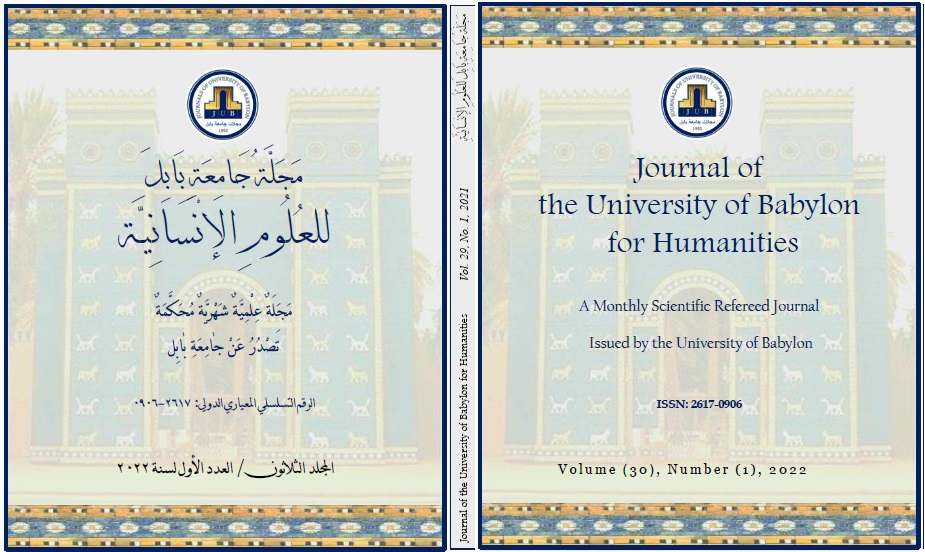The development of the Russian position on the Ottoman other, in the nineteenth century other, in the nineteenth century
Main Article Content
Abstract
There are always different influences that converge among themselves to determine two things that are often correlative, namely, the nature of identity and the attitude towards the other, whether at the collective or individual level. Public and general cultural attitudes constitute important rules in shaping the image of the other in any society or group. Political and military positions have a direct role in shaping this image, and thus determining the position; However, popular and cultural perceptions and attitudes are also the basic building block that politics takes into account when taking its political positions. The cultural and even popular stance expresses the public opinion that determines the areas of strength and weakness in the political decision. Therefore, governments often worked through their propaganda and political programs to interfere in the formation and direction of the mass cultural stereotype; according to its aspirations and interests; On the grounds that this constitutes the preparation of the ground and public opinion for its policy. Many other factors overlap in shaping the image of the East in general and the other (Ottmans) in particular in the Russian stances, some of them are related to the composition of the prevailing culture, and some are related to politics and the ambition of hegemony and conflict. There is also the external factor that has political and ideological links that appear as results, decisions and positions that sometimes reach the point of declaring actual war.

